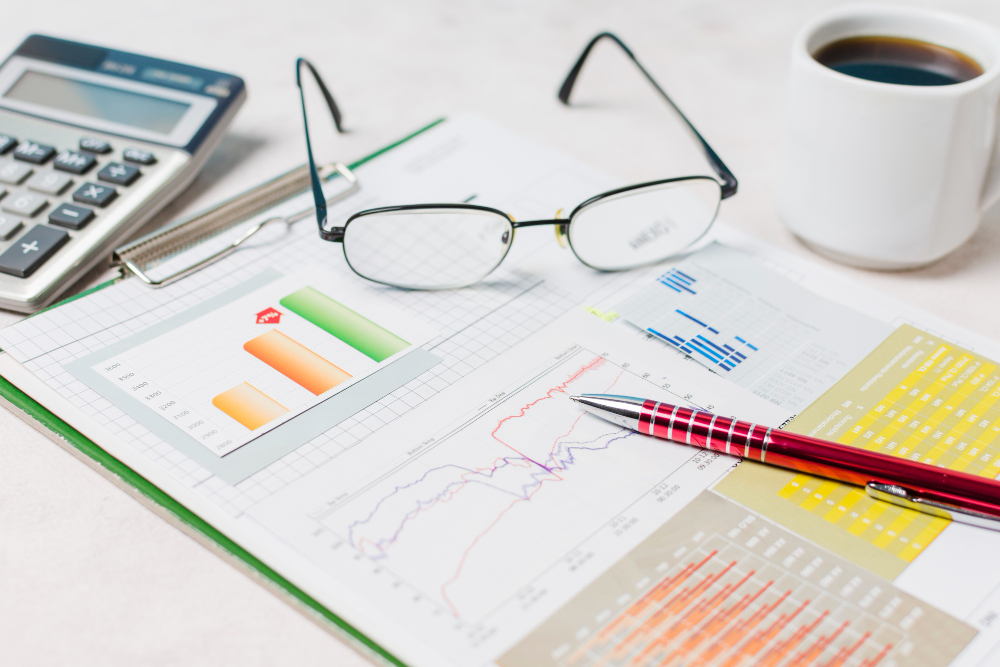
The balance sheet is a fundamental financial statement that provides a snapshot of a company’s financial position at a specific point in time. It details the company’s total assets and how these assets are financed, either through debt or equity. Often referred to as a statement of net worth or a statement of financial position, the balance sheet is based on the fundamental accounting equation: Assets = Liabilities + Equity.
Structure of the Balance Sheet
The balance sheet is divided into three main sections: assets, liabilities, and equity. These sections are further broken down into current and non-current categories to provide a clear picture of the company’s financial standing.
Assets
Current Assets: These are assets expected to be converted to cash or used within one year. Common line items include:
- Cash and Equivalents: The most liquid assets, including cash and short-term investments.
- Accounts Receivable: Sales revenue not yet collected, net of allowances for doubtful accounts.
- Inventory: Amounts for raw materials, work-in-progress, and finished goods.
Non-Current Assets: These are long-term investments and property. Key items include:
- Plant, Property, and Equipment (PP&E): Tangible fixed assets, net of accumulated depreciation.
- Intangible Assets: Non-physical assets like patents, licenses, and goodwill.
Liabilities
Current Liabilities: Obligations due within one year, including:
- Accounts Payable: Amounts owed to suppliers for goods and services purchased on credit.
- Current Debt/Notes Payable: Short-term borrowings.
- Current Portion of Long-Term Debt: Part of long-term debt due within the next year.
Non-Current Liabilities: Long-term financial obligations, such as:
- Bonds Payable: Amortized amount of issued bonds.
- Long-Term Debt: Total long-term borrowings excluding the current portion.
Equity
Shareholders’ Equity: Represents the owners’ claim after liabilities are paid off, including:
- Share Capital: Funds invested by shareholders.
- Retained Earnings: Accumulated net income not paid out as dividends.
Importance of the Balance Sheet
The balance sheet is crucial for assessing a company’s financial health, operational efficiency, and capital structure. It helps stakeholders understand the liquidity of the company, its ability to meet short-term and long-term obligations, and the overall financial stability.
Key Benefits:
- Liquidity Assessment: By comparing current assets to current liabilities, stakeholders can gauge the company’s ability to cover short-term obligations.
- Debt Management: The balance sheet shows the extent of a company’s debt and its ability to manage and repay it.
- Investment Analysis: Investors use the balance sheet to evaluate the company’s financial leverage and return on equity.
Conclusion
By breaking down assets, liabilities, and equity, it offers a clear and comprehensive view of the company’s financial health. Understanding the balance sheet is essential for making informed business and investment decisions.
